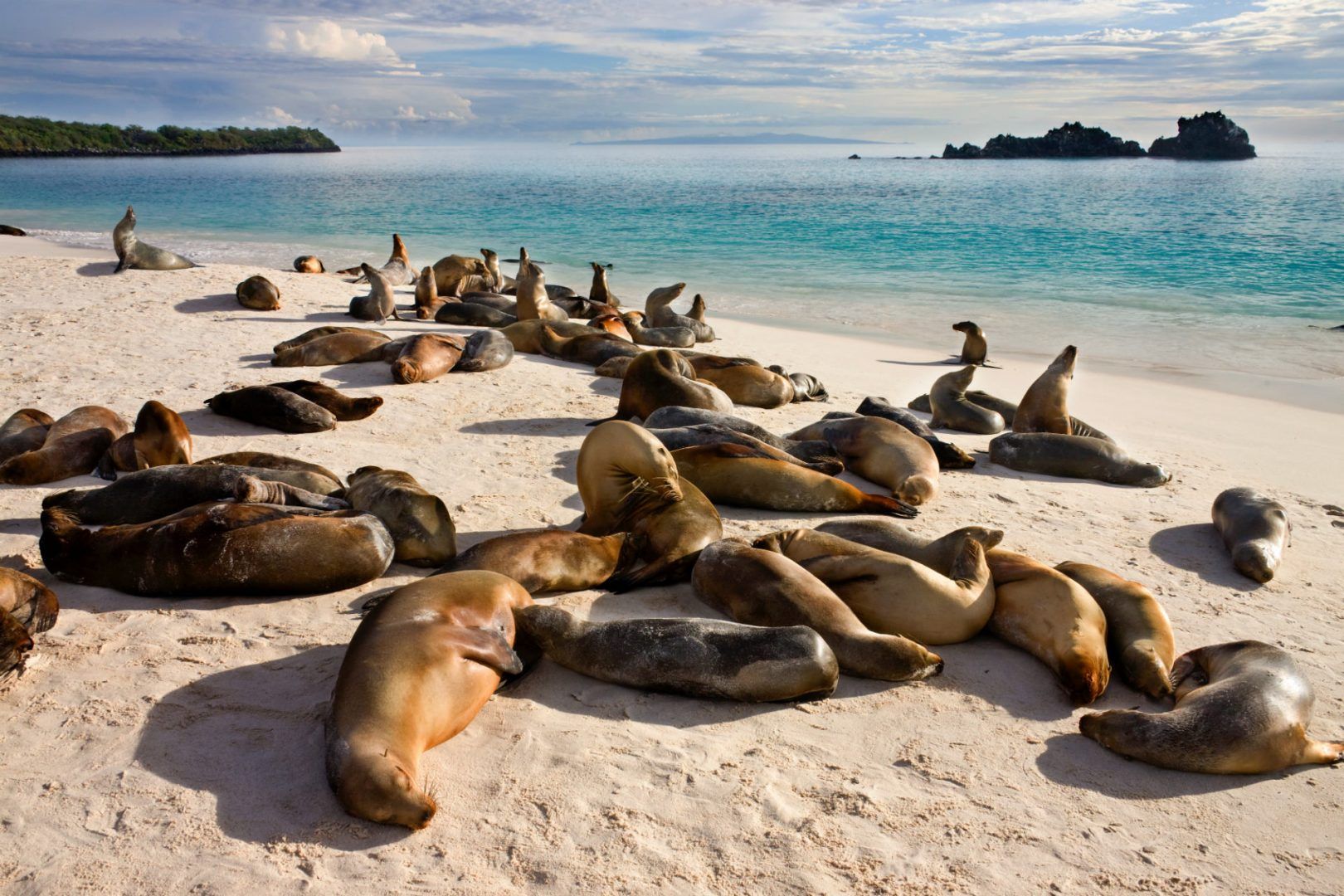What to do in the Galapagos Islands in January
If you’re lucky enough to visit the Galapagos Islands in January, read on to find out about a few special experiences to enjoy during your visit.
Snorkelling and diving
As mentioned above, the weather in the Galapagos in January is warm and mainly sunny, with good water visibility. This means diving and snorkelling are among the top activities to enjoy at this time of year.
Into diving? You’ll love our Diving Adventure trip.
Turtle-watching
In January you can see the islands’ famous giant tortoises hatching eggs at the breeding centre on Santa Cruz.
January also heralds the start of green sea turtle season. At this time, females begin to come ashore to lay their eggs.
Bird-watching
While you can see many species of bird in the Galapagos around the year — for example, red-footed boobies and masked boobies breed and nest year-round, while magnificent frigate birds breed year-round on North Seymour Island — January is a great time to see land birds.
When the rains start, land birds start their curious courtship rituals before nesting. You’re likely to see cormorants, penguins, red footed and Nazca boobies, and frigate birds. Get lucky, and you could also see greater flamingos.
A word of warning though — you might be too late to see the waved albatross that’s usually found on Espanola Island. For some chance of seeing any stragglers that haven’t yet moved on, visit earlier in the month.
See curious courtship rituals
Alongside being a significant month for land bird activity, January also sees marine iguanas and land iguanas start their mating season, with the marine variety in particular putting on an incredible show. During this season, they change colour, putting on bright shows of red, green and black
January is also mating season for Galapagos sea lions, which makes it a unique time to visit.
For more ideas, discover the best things to do in Ecuador.




